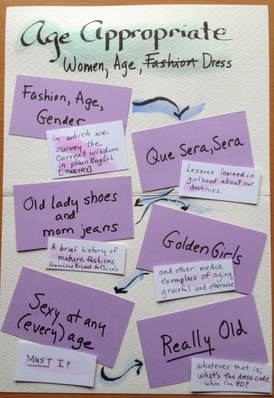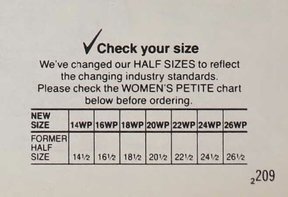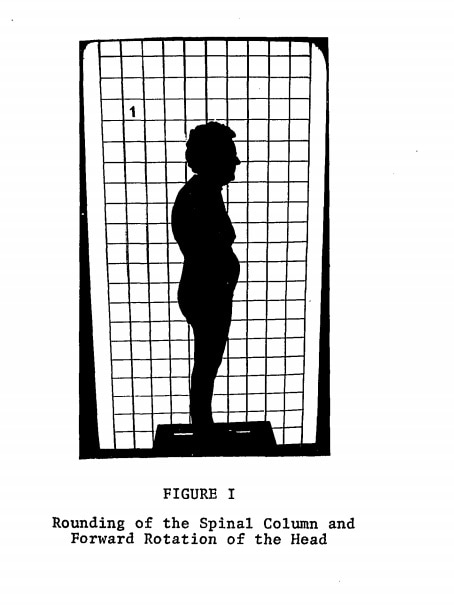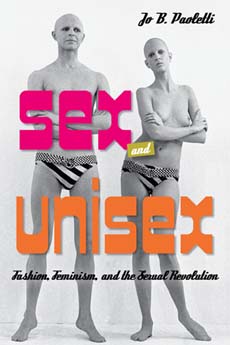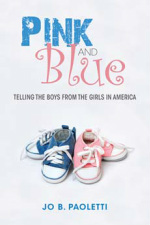You may remember this image:
You see, we don't start "aging" at fifty; childhood, adolescence, young adulthood, middle age are also part of the journey. Learning to be female is not a weekend workshop or even a four-year-degree program. It is a lifelong process of being led into each life stage along a path shaped by cultural beliefs about aging and gender. So I revised the plan.
